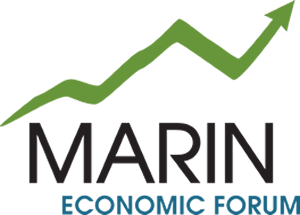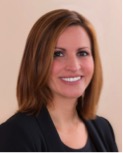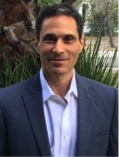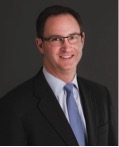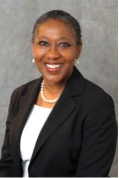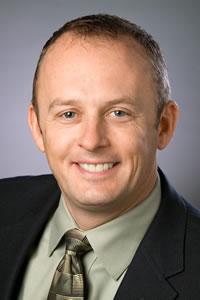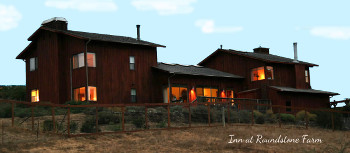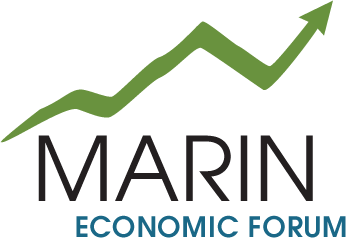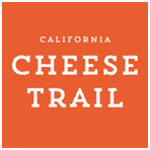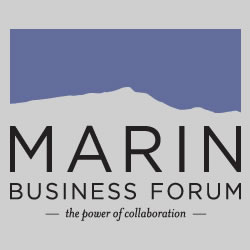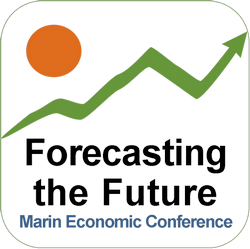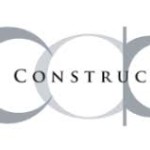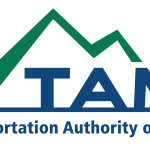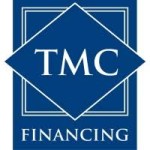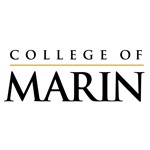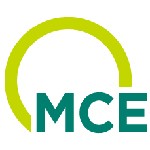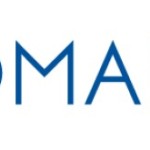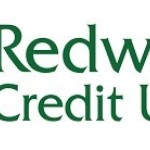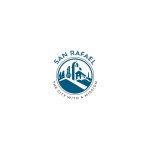MEF Newsletter
December 2016
Chief Executive Officer, Jim Cordeiro
Knowledge Age, Planning + Hope
The late 20th century was a period of major social, economic and political changes. It was also a time in which there were big changes in knowledge – in how people see knowledge and how they use it. This period is now widely known as the beginning of the Knowledge Age – to distinguish it from the Industrial Age.
The Knowledge Age is a new, advanced form of capitalism in which knowledge and ideas are the main source of economic growth (more important than land, labour, money, or other ‘tangible resources). New patterns of work and new business practices have developed, and, as a result, new kinds of workers, with new and different skills, are required.
As well as this (and this is very important for education), knowledge’s meaning is changing. Knowledge is no longer being thought of as ‘stuff’ that is developed (and stored) in the minds of experts, represented in books, and classified into disciplines. Instead, it is now thought of as being like a form of energy, as a system of networks and flows – something that does things, or makes things happen. Knowledge Age knowledge is defined—and valued—not for what it is, but for what it can do. It is produced, not by individual experts, but by ‘collectivising intelligence’ – that is, groups of people with complementary expertise who collaborate for specific purposes. These changes have major implications for our education system.
As schools prepare young people for successful lives in the 21st century, new skills and dispositions are being developed. This can’t be done simply by adding these ‘new’ skills and dispositions to the existing curriculum. To build a 21st century system, a new mindset is required that can take account of the new meaning of knowledge and the new contexts and purposes for learning this knowledge. ‘21st century learning’ is a shorthand term that draws together the ingredients of this new mindset.
The changes discussed earlier are primarily economic and work-related. Education is, of course, about much more than simply preparing people for work. It has other important goals: for example, developing social and citizenship skills, providing equal opportunity, and building social cohesion. Expressed this way, these are 20th century goals.
What might these goals look like in the 21st century context?
The shift to 21st century society involves much more than the economic changes outlined earlier – major social and political changes are also happening.
Guidance by Hope is good. Guidance by Planning is better. Guidance by Planning + Hope is best.
The Marin Economic Forum (MEF) is a public-private partnership, serving as the platform for collaborative efforts on improving Marin County’s economic vitality, while seeking to enhance social equity and environmental protection.
Visit www.marineconomicforum.org to learn more about our collaborative efforts.
Until next month, MEF wishes you a new year full of good health and prosperity.
Chief Economist, Dr. Robert Eyler
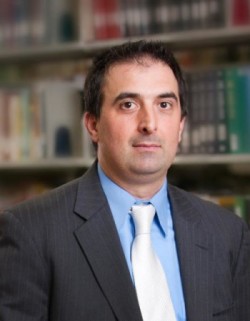 What Next?
What Next?
While you may feel beat up from the September and October election rush, and worse due to the election results, it is now time to plan for what is coming. Generally, the economy is not affected by presidential elections alone or over the long-term; the combination of presidential and congressional elections resulting in consolidation of Republican control is concerning the Democratic party and many Americans on both sides of the aisle as to how the economy reacts and the long-term effects on national debt and our labor markets. Concerns are due mainly to uncertainty, and we have heard a lot of promises. With 2017 just around the corner, here are the key things I am watching (for now) as an economist.
ACA unwind/De-regulation of Health Care
After years of set-up, beta testing, preparing for change, and now living under the Affordable Care Act (ACA), there are rumblings that the Trump administration plans to engage in a “repeal and replace” agenda in health care. This may be part of a broader framework to change health insurance conditions for many Americans by reducing the current system’s availability and revert to a more market-driven system. How this allows insurance companies to reduce their costs, how it begins steps toward reducing regulations in health care and financial markets, and also exacerbates the actual, patient costs of medications and medical care generally depends on how the ACA is replaced. The implications could drastically change the economics of health care and how people use American health systems (or do not use them at all due to a lack of affordability).
Immigration and internal labor markets
One of the other marginally controversial topics from the Trump camp was what to do about immigration. From the election season, the idea that the United States needs immigration reform was generally accepted. The way that happens, how it changes family and labor dynamics, and its ability to be enforced well, are all open questions. As economists, the labor-market interference such a process begins -- even before any change based on actual legislation – can change the way in which small businesses hire, wages they face, and all this coming in California at the same time as new minimum wage legislation is to go into effect. The flow of people over US borders for work purposes is likely the first battleground: will companies be penalized for not using Americans as a workforce for goods sold in America? Recent events suggest a disconnect between rhetoric and reality here.
Taxation
Taxes were one of the major debate topics in 2016, and are a great way to buy political victories in the short term. Much like a tax cut’s cousin, more fiscal spending, there are both short and long term effects. In the short term, a reduction of tax rates and a “broadening of the base” (more entities, corporate or households) paying taxes increase fiscal deficits. Over time, if the base is broadened in such a way as to not detract the economic activity from which the tax is derived (for example, a national sales or services tax), tax revenues may rise. However, the risk that tax revenues may fall with lower taxes, that investment (the goal of lowering taxes if corporate taxes were to fall) would fall, and deficits and debt would rise, is high. Tax cuts do not have the same multiplicative effects on the economy as increasing spending specific to infrastructure, but are attractive political pawns to move.
Infrastructure investment
This is another point that both sides of the aisle and many economists feel is a way to sustain our current growth and prepare for two more generations of growth. The key to infrastructure investment by our federal government is the focus of that investment. The rhetoric has been to look at building a wall, or something that has the effect of an impermeable border, versus roads, bridges and dams as examples. Both would have the same, basic short-term effect; depending on the longer-term labor market effects of immigration reform. A focus on repairing and expanding infrastructure may also be regional and supporting older technologies (driving) versus new ones (wireless). Hence, how this would affect a place like Marin County is likely to be small, short of speeding up funding for the Novato Narrows, or more support for the SMART rail project.
Child care
Due to Measure A’s defeat in Marin County’s election, and Donald Trump’s victory in the national election, child care support from the public sector has a strange future. I was shocked that Marin County did not see itself wanting to subsidize this activity, where children under five years old would have an environment as envisioned in “Strong Start”. Will the Trump administration see child care as a priority and complement to working mothers? We do not know, but if the vote in Marin County did not make it through, it is tricky to see a congressional deal happening on federal child care soon.
In short, we have an election result we did not expect from a candidate that has no set agenda or political experience to date. The latter is coming soon, the former will need to come soon also if the American economy is to move forward less tentatively and guided by planning versus hope.
Board Corner
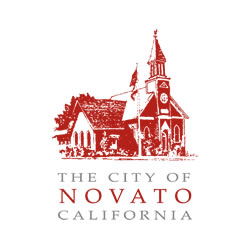 MEF Board Director, Chris Stewart, North Bay Life Science Alliance
MEF Board Director, Chris Stewart, North Bay Life Science Alliance
The North Bay Life Science Alliance (NBLSA.com) was established by economic development and life science professionals, educators and public leaders across the region. Backed by an initial investment by the City of Novato and the Buck Institute for Research on Aging, the initiative will promote the region’s capabilities for advancing life sciences.
Anchored by the Buck Institute for Research on Aging and BioMarin, the North Bay is home to more than 200 life science organizations and hundreds of acclaimed researchers. In 2012, the Buck Institute alone attracted $40 million in national grants and the region drew in more than $10 million in National Institute of Health (NIH) grants.
California is the top destination for venture capital in life sciences, attracting more than the next eight ranked states combined. Not surprisingly, the industry is expanding beyond its traditional strongholds in the East Bay, the South Bay and the Peninsula. Providing access to the same resources as our neighbors, the North Bay has already emerged as an attractive alternative. More than 200 companies have chosen to base themselves in the region. In Marin County, life-science revenues are surging past $750 million and associated jobs are climbing toward 2,000. That activity is expected to grow and spread west on the basis of local success stories like these.
Visit NBLSA.com for more details.
Upcoming Events
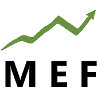
| Destination Management Working Group
Wednesday, December 7, 1:00pm - 2:00pm
555 Northgate Dr, San Rafael 94903
Innovation Working Group
Wednesday, December 7, 2:30pm - 3:30pm
555 Northgate Dr, San Rafael 94903
Visit marineconomicforum.org for details. |

| MEF Business Professional’s Collaboration and Education Group
Thursday, January 19, 2017, 5:00pm—7:00pm
Community Room, Drake’s Landing, Larkspur
Visit www.MarinBusinessForum.com for details. |

| Annual Economic Forecast 2017
Friday January 20, 2017, 8:00am—11:00am
Yellen Conference Center, 101 Market St, San Francisco 94105
Visit www.BayAreaCouncil.org for details.
|
Click Here To View Past Newsletters
